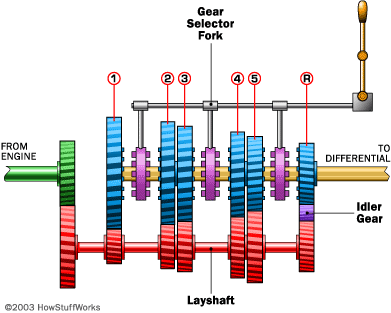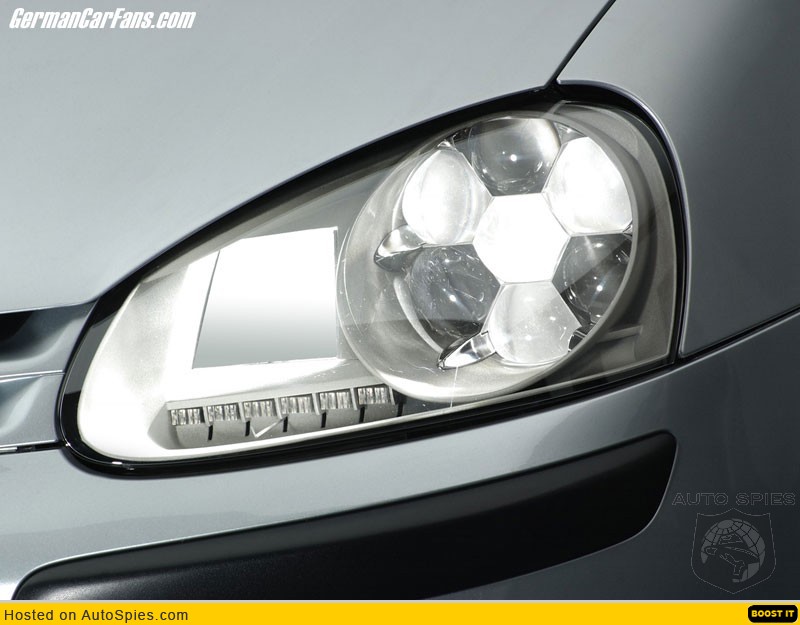-preselector gearbox is a type of manual gearbox
- manual shift lever is used to "pre-select" the next gear to be used, then a separate control (a foot pedal) is used to engage this in one single operation, without needing to work a manual clutch.
-Most pre-selector transmissions avoid a driver-controlled clutch entirely, some use one solely for starting off.
advantages:
- Fast shifting, with only a single operation. This requires less skill to learn than techniques like double declutchingand it offers faster shifts when racing.
- Ability to handle far more engine power, with a lighter mechanism.
- Their friction components are brakes, rather than clutches. These are simpler to engineer, as the wear components can be arranged to not be the rotating parts.
- The friction wear components can be mounted on the outside of the mechanism, rather than buried within it. This makes maintenance and regular adjustment easier.
They have also been used in racing cars, such as the 1935 ERA R4D,[1] and hillclimbing cars such as Auto Union "Silver Arrows".
Military applications included tanks such as the German Tiger I and Tiger II in World War II, through to the current tanks such asChallenger 2.











